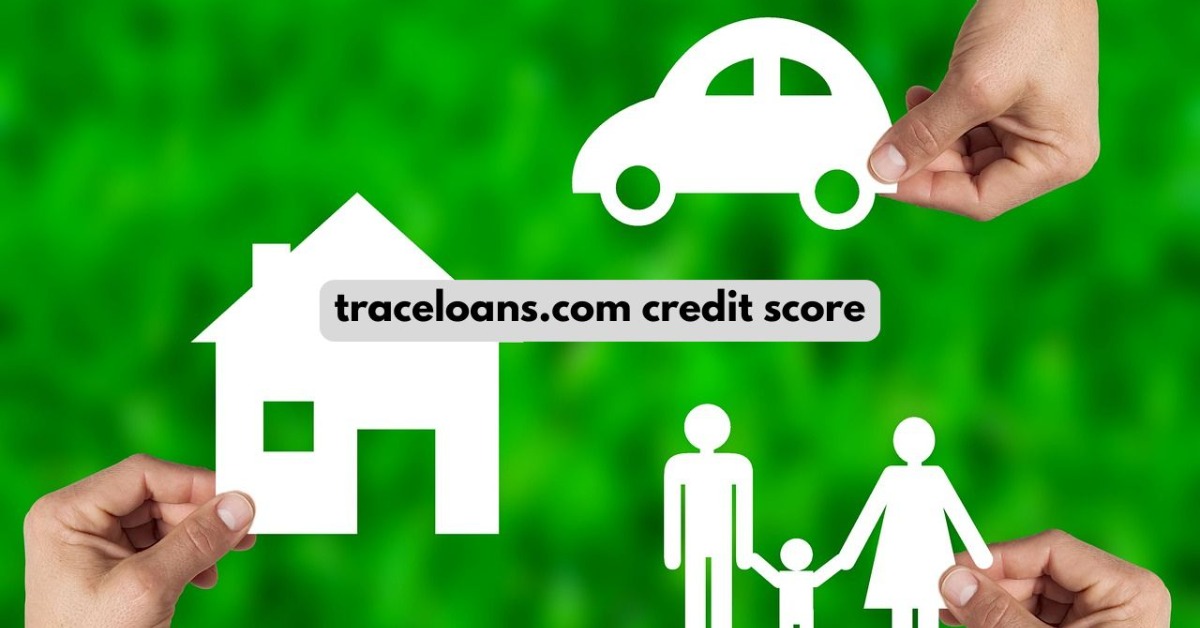Breaking News for Student Debt Relief Seekers: The U.S. Department of Education has quietly suspended student loan forgiveness under the Income-Based Repayment (IBR) plan, igniting widespread concern and confusion among millions of borrowers. This development comes despite IBR being the sole income-driven repayment (IDR) plan currently insulated from ongoing legal challenges and court injunctions plaguing other popular options like SAVE, PAYE, and ICR.
For borrowers who have diligently navigated years of repayment, reaching the precipice of debt freedom, this unexpected pause is a significant setback. The Department cites “system updates” as the reason for the freeze, claiming these are necessary to “accurately count months not affected by the court’s injunction” primarily aimed at the SAVE plan. However, critics are swiftly pointing out that no judicial mandate explicitly halts IBR forgiveness, raising questions about the true rationale behind this administrative bottleneck.
IBR’s Unique Standing: A Beacon in the Legal Storm 🏛️
The Income-Based Repayment (IBR) plan stands out among its IDR counterparts. Unlike SAVE, PAYE, and ICR, which were created through executive action and are now embroiled in legal battles questioning their statutory authority for forgiveness, IBR was directly enacted by Congress. This crucial distinction means IBR’s provision for student loan forgiveness after 20 or 25 years of qualifying payments (depending on when loans were taken out) remains legally sound and unencumbered by court orders.
Indeed, even as recent federal appeals court rulings have blocked forgiveness under SAVE, ICR, and PAYE, they have explicitly acknowledged IBR’s distinct legislative foundation. The Department itself previously affirmed, “ED can and will still process loan forgiveness for the IBR Plan, which was separately enacted by Congress.” This makes the current suspension all the more perplexing for borrowers counting on their hard-earned progress.
Unpacking the “System Update” Enigma 🔄
While the Department attributes the IBR forgiveness pause to system updates necessitated by the SAVE plan injunction, the connection remains tenuous for many. Some speculate this refers to broader regulatory impacts, such as how certain deferment and forbearance periods count towards IDR forgiveness across all plans. However, legal advocates contend that these adjustments should not impede the express statutory requirement for IBR discharges.
This suspension echoes previous accusations from former federal officials, who hinted at potential legal violations by the previous administration in blocking IBR debt relief. The ongoing delays in processing a massive backlog of over 1.5 million income-driven repayment applications further exacerbate the current disarray in the federal student loan ecosystem.
Navigating the Turbid Waters: What’s Next for IBR Borrowers? 🌊
The current landscape for student loan borrowers is fraught with uncertainty. The recent signing of the “Big, Beautiful Bill” by President Trump introduces even more sweeping changes, including the eventual phasing out of ICR, PAYE, and SAVE in favor of a new “Repayment Assistance Plan” (RAP) with a longer 30-year forgiveness timeline. While existing IBR borrowers are set to retain their current 20 or 25-year forgiveness pathways, the immediate future of IBR discharges remains in limbo.
For those who have reached their student loan forgiveness IBR threshold, options are limited:
- Continue Payments with Refund Hope: Borrowers can opt to continue making payments, holding onto the possibility of a refund for any excess payments made beyond their required 240 or 300 months once their loans are eventually discharged.
- Request Forbearance (with Interest Accrual): Alternatively, borrowers can contact their loan servicer to request a forbearance, temporarily suspending payments. However, a significant drawback here is that interest will continue to accrue on their loan balance during this period, potentially increasing their overall debt.
The duration of this student loan forgiveness IBR pause is presently unclear, leaving countless borrowers in a state of anxiety and financial uncertainty. As the federal student loan landscape undergoes a dramatic transformation, all eyes remain on the Department of Education for clarity and a swift resolution to this critical issue. Borrowers are strongly advised to stay informed, meticulously document all payments and communications, and consider consulting with student loan experts to navigate these unprecedented challenges.
Conclusion 💡
The suspension of student loan forgiveness under IBR represents a significant hurdle for borrowers diligently working towards debt relief. While the Department of Education cites system updates related to broader legal challenges, the lack of a direct court injunction against IBR forgiveness raises concerns. Borrowers in this predicament face a tough choice between continuing payments with an uncertain refund timeline or entering forbearance with accruing interest. As the student loan landscape continues to evolve with new legislation like the “Big, Beautiful Bill,” staying informed and proactive is paramount for navigating these complex changes and securing hard-earned financial freedom. The need for clear communication and swift resolution from the Department of Education is more critical than ever to alleviate the apprehension of millions.
FAQs 🤔
Q1: What is the Income-Based Repayment (IBR) plan?
A1: The Income-Based Repayment (IBR) plan is a federal income-driven repayment (IDR) plan that calculates your monthly student loan payment based on your income and family size. For new borrowers (on or after July 1, 2014), payments are typically 10% of discretionary income, with forgiveness after 20 years. For older borrowers (before July 1, 2014), payments are 15% of discretionary income, with forgiveness after 25 years. Any remaining loan balance is forgiven at the end of the repayment term.
Q2: Why has student loan forgiveness under IBR been suspended?
A2: The Department of Education announced that IBR forgiveness is paused “while our systems are updated” to “accurately count months not affected by the court’s injunction” directed at the SAVE plan. However, there’s no direct court order blocking IBR forgiveness, leading to speculation that it might be a broader administrative decision rather than a legal necessity.
Q3: Is IBR forgiveness affected by the legal challenges against other IDR plans like SAVE?
A3: IBR is not directly subject to the legal challenges and court injunctions that have blocked forgiveness under SAVE, PAYE, and ICR. IBR was created by Congress, giving it a distinct legal foundation. While some regulatory elements could indirectly impact IBR, no court has ordered its suspension.
Q4: What are my options if I’ve reached my IBR forgiveness threshold but can’t get a discharge?
A4: You have limited options:
* Continue making payments: Any payments made beyond your required 20 or 25 years should theoretically be refundable once your loans are discharged.
* Request forbearance: You can ask your loan servicer for a temporary pause in payments, but be aware that interest will continue to accrue on your loan balance during this period.
Q5: How does the “Big, Beautiful Bill” affect IBR and future student loan forgiveness?
A5: The recently signed “Big, Beautiful Bill” will eventually phase out most existing IDR plans (SAVE, PAYE, ICR) and introduce a new “Repayment Assistance Plan” (RAP) with a 30-year forgiveness timeline. However, current borrowers in IBR will generally be allowed to remain in the plan and still qualify for forgiveness after their original 20 or 25 years. New borrowers after July 1, 2026, will not be able to enroll in IBR.
Q6: How does IBR compare to the SAVE plan?
A6: Key differences include:
* Legal Standing: IBR is legislated by Congress and currently unaffected by court injunctions, while SAVE (and others) are blocked.
* Payment Calculation: Both base payments on discretionary income, but SAVE initially aimed for lower payments (e.g., 5% for undergrad loans) compared to IBR (10% or 15%).
* Interest Subsidy: SAVE previously had a more generous interest subsidy preventing loan balance growth, which is now affected by the injunction. IBR has a more limited subsidy.
* Forgiveness Timeline: Both offer 20 or 25-year forgiveness, depending on loan type and borrowing date, but SAVE had provisions for shorter timelines for smaller loans that are currently blocked.



